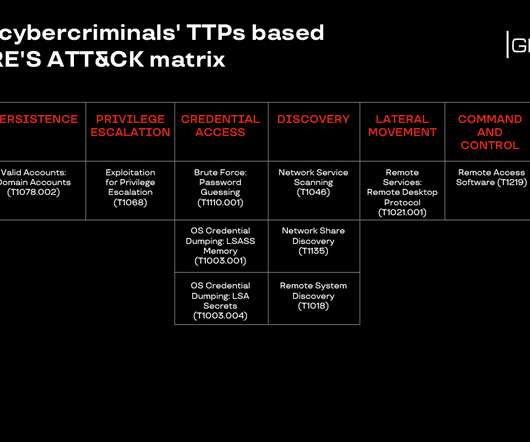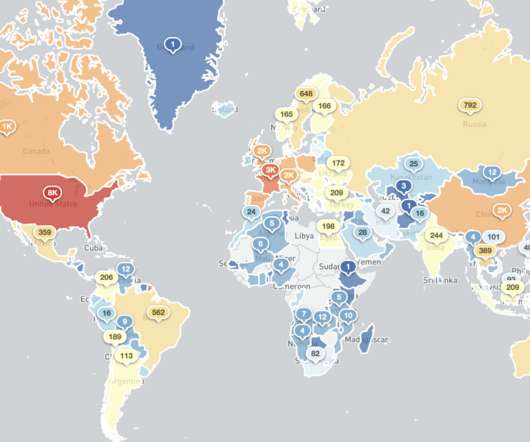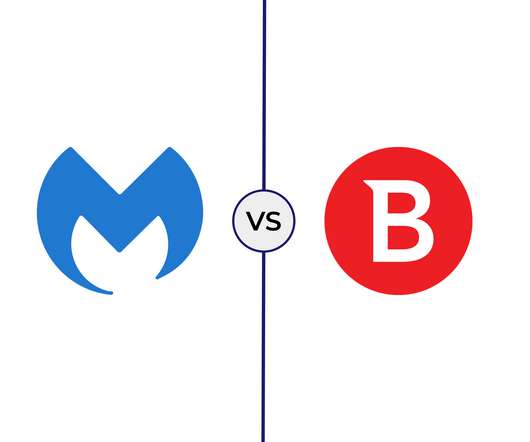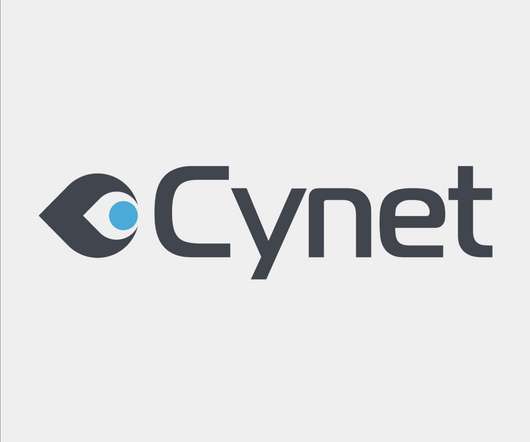BotenaGo strikes again – malware source code uploaded to GitHub
CyberSecurity Insiders
JANUARY 26, 2022
As of the publishing of this article, antivirus (AV) vendor detection for BotenaGo and its variants remains behind with very low detection coverage from most of AV vendors. Even more worrisome, the samples continue to have a very low AV detection rate, as shown below in VirusTotal (figure 8). SURICATA IDS SIGNATURES.






















Let's personalize your content